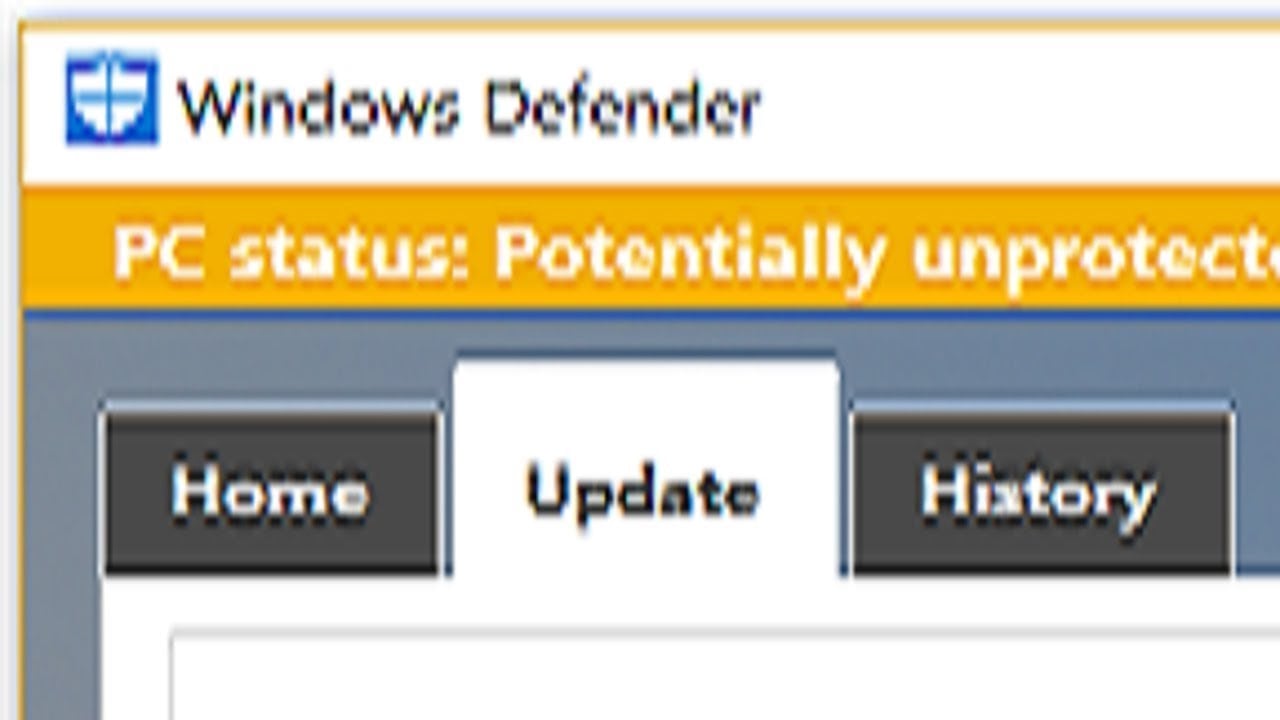

If you installed a third party AV, Windows Defender cannot be re-activated as the default AV for your system. Microsoft Defender will continue to provide passive scanning capabilities even if a third-party AV is installed. (Some systems may refer to this still as "Windows Defender.") Microsoft Defender comes pre-configured on Windows 10 and Windows Server 2016 to provide standard antivirus (AV) scanning and protection by default. Hopefully, this may help you appreciate what otherwise would appear to be a "stupid" situation.Enabling Microsoft Defender on Windows 10 and Windows Server 2016 and later Microsoft is actually looking out for you - avoiding slowdowns and/or crashes - by arranging things in this manner. And these can potentially lead to a conflict with Defender despite avast no longer being "active".

One of the problems that you need to consider: even if you "disable" avast's run-time protection modules, its drivers and system files - which were loaded during boot-up - still remain intact. In so doing, Microsoft was able to avoid issues of forcing/dictating a monopoly position in the anti-virus market. while at the same time, deferring to the presence of a third-party antivirus supplied by you. It's rather an ingenious idea - to guarantee a user will ALWAYS be protected. then Defender automatically re-enables itself to offer you continual protection. or if that anti-virus is deemed no longer up-to-date. meaning it would only be active if Windows determined no other antivirus was present, active, and current.Ģa) If you, or an OEM on your behalf, install/enable another anti-virus program, Defender automatically disables itself butĢb) When you uninstall another anti-virus. At the same time,Ģ) It was programmed to be "the anti-virus of last resort".

no one would receive a system without SOME antivirus present and running. One needs to consider how Microsoft set up Windows Defender (full-fledged anti-virus) on Windows 8:ġ) It was included to guarantee all users would be protected from the outset.


 0 kommentar(er)
0 kommentar(er)
